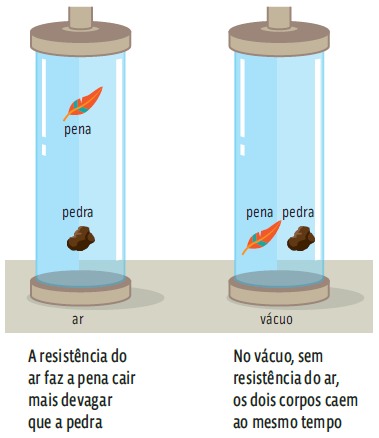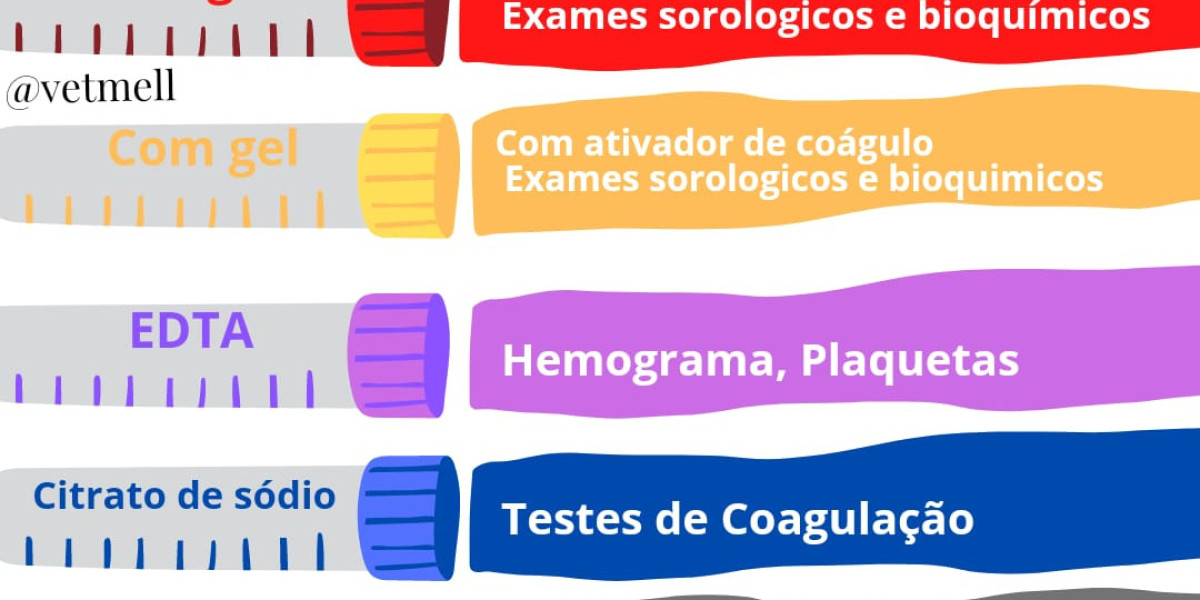Electrocardiogram (EKG) for Dogs
Wesley Williams leads the puppies via challenging and comical methods because the pooches present everyone who is basically boss," in accordance with a news release from the theater. The QRS complicated is the place the ventricles depolarize (The massive contraction of the heart that is the typical heartbeat). A typical ECG will include a pattern the place it will be a small bump that rises up that known as the P wave, then A giant spike upward known as the QRS complicated and then one other small bump referred to as the T wave. On the lateral view, canine could be normal, shallow-chested, or deep-chested. On the dorsoventral (DV) and ventrodorsal (VD) views, they can be normal, narrow-chested, or barrel-chested. A pulse deficit is an absent pulse despite auscultation of a heartbeat and is thus detected throughout simultaneous auscultation and pulse palpation. Pulse deficits are often as a end result of a premature beat that occurs so early that the ventricles are unable to fill sufficiently, resulting in a decreased stroke quantity that produces both a weak pulse or no pulse.

 What is an ECG?
What is an ECG? Some findings are more common in some species, similar to peripheral or ventral (subcutaneous) edema in horses and cattle in proper coronary heart failure, versus ascites in canines in proper coronary heart failure. Cats not often cough with heart failure and more commonly present with a historical past of tachypnea/dyspnea (which may be subtle and go unnoticed by the owner) and anorexia. In canines, coughing could be as a result of pulmonary edema; nonetheless, coughing in canines is rather more commonly because of lung illness (eg, persistent bronchitis). Therefore, excessive care must be taken when evaluating dogs (especially older, small-breed dogs) with a cough and a coronary heart murmur, as a end result of many are not in coronary heart failure. The R wave represents the depolarization of major ventricular muscles and used to diagnose the left ventricular function [25]. In our current investigation, R wave didn't differ significantly between breeds, however non-significant higher values have been obtained in Labrador, GSD, Mongrels, and Doberman compared to small breeds. Earlier reports [25] also stated higher R wave amplitude in large breeds of canine as a result of increased ventricular surface space and thickened wall in massive breeds compared to smaller ones.
Managing Arrhythmias
The coronary heart extends roughly from the 3rd to the sixth rib of the canine. Cardiac catheterization involves the location of specialised catheters (thin, versatile tubes) into the guts, aorta, or pulmonary artery. Most of the time now, cardiac catheterization is completed to surgically restore defects within the heart. The product information supplied in this website is intended just for residents of the United States. The merchandise mentioned herein may not have marketing authorization or may have totally different product labeling in several international locations.
The resultant T wave may also be irregular and normally discordant (in the wrong way of the QRS complex). P waves may be absent in several dysrhythmias, including atrial fibrillation and atrial standstill. Alternatively, P waves could also be buried in different waveforms (and subsequently not visible), which commonly happens in supraventricular tachycardia (Figure 2). P wave enlargement (taller or wider than normal) is acknowledged as an indicator of atrial enlargement. Cats may be notably difficult cardiology sufferers because they will have extreme cardiomyopathy despite the absence of bodily examination abnormalities, radiographic adjustments, and/or scientific signs. An echocardiogram is commonly the only appropriate diagnostic take a look at that's each specific and delicate for heart disease in cats. Purebred cats have a higher incidence of coronary heart illness, and due to this fact echocardiographic evaluation is often high yield in these sufferers.
Determine the Anatomic Source of the Rhythm
However, when trying on the other leads, a P wave is clearly present (inverted in leads III and AVF) and an accurate diagnosis of a sinus arrhythmia with a wandering pacemaker could be confirmed. An electrocardiogram (ECG) is a technique of measuring the electrical activity of the center. It may help diagnose various coronary heart issues in canine, similar to cardiac arrhythmias, heart muscle disease or coronary heart enlargement. In this text you will learn the way an ECG works in canine, when it's used and what it means.
Therefore, the present investigation was meant to generate some fundamental information on ECG parameters primarily based on 239 canines of 11 completely different breeds in respect to sex and age. Breed- and age-wise incidence of various cardiac abnormalities was additionally mentioned. Cardiac muscle requires an electrical stimulus to start a contraction. Figure 1 exhibits how specialised cells throughout the sino-atrial (SA) node begin the conduction process, by firing an impulse that spreads across the atria depolarising (contracting) the muscle because it travels. The impulse passes via the atrioventricular (AV) node, to the ventricles using the His-Purkinje fibre network. As the impulse travels by way of the His-Purkinje network, the ventricles are depolarised.





